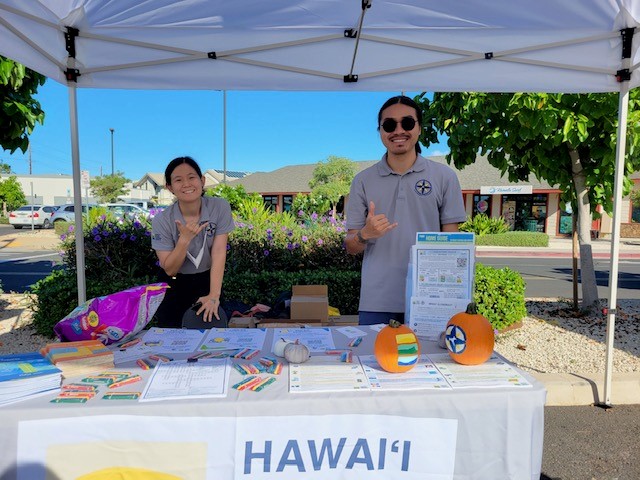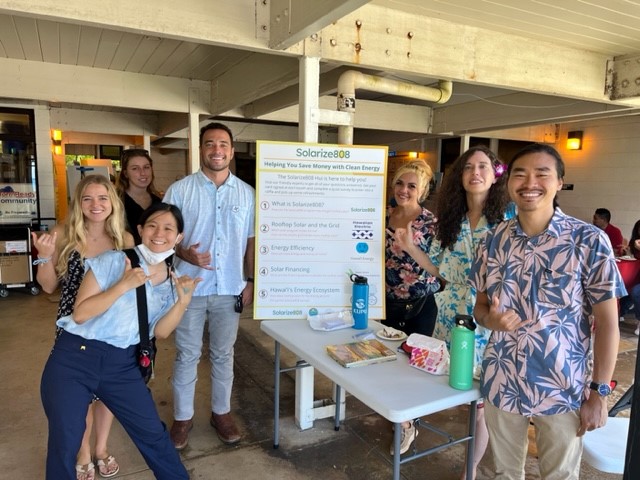

Hawai‘i Sea Grant partners with Hawai‘i State Energy Office to advance energy transitions in remote communities
(Honolulu, HI) – For island and remote communities in the United States, developing resilient electricity infrastructure and energy systems can be fraught with challenges. These locations often rely on expensive, unreliable energy systems that are vulnerable to volatile energy supplies and costs, natural disasters, and impacts from climate change. That’s why NOAA’s National Sea Grant College Program (Sea Grant), in partnership with the U.S. Department of Energy’s (DOE) Water Power Technologies Office, is supporting three projects in Alaska, Guam, and Hawaiʻi that will examine how adoption of ocean renewable energy could support sustainable energy systems.
Nationwide, Sea Grant and DOE recommended three projects for a total of $800,000 to conduct community engagement activities that will help illuminate community values, perceptions, and cultural contexts around energy innovation and resilience. In Hawai‘i, the University of Hawai‘i Sea Grant College Program (Hawai‘i Sea Grant) was awarded $400,000 to collaborate with the Hawaiʻi State Energy Office (HSEO) to inform the state’s energy future. The project team will work to build trusted, long-term relationships with the remote communities most impacted by energy grid fragility and in need of multiple options for making the energy transition.
The projects’ overall goal is to develop information pathways and build trusted relationships, and to support community-based energy planning to unlock ocean energy development. The three main elements of the project are: (1) expand the existing HSEO Energize Kākou community engagement program to include ocean energy and rural communities; (2) further develop the HSEO Clean Energy Wayfinders outreach program; and (3) build capacity for community and local organizations to directly engage with underserved communities to support energy transition.
“Our team aims to help communities approach renewable energy in the overall context of hazard and emergency preparedness, rather than as a stand-alone issue. We are looking forward to building on existing outreach programs to further build individual community resilience,” noted Amy Wirts, Hawai‘i Sea Grant’s coastal lands program coordinator and one of the project leads on the grant.
“It is critical to support these communities as they engage in the process of identifying, planning, and developing the local clean energy resources that meet their long-term needs,” said Jonathan Pennock, director of Sea Grant. “Sea Grant is excited to partner with DOE’s Water Power Technologies Office to assist communities in effectively engaging with emerging energy technologies intended to secure a sustainable, resilient, and equitable future.”
Ocean energy systems can harness energy from the power of ocean waves, tides, and currents, or even the differences in salt levels, temperatures, and pressure. These resources are incredibly predictable, meaning ocean energy technologies have the potential to be important contributors to a reliable and clean electricity grid. By placing communities at the center of technology advancement efforts and gleaning on-the-ground information about local, place-based energy transitions, the results of these projects will be critical to helping inform DOE programmatic efforts that catalyze innovative energy solutions.
The project leads from Hawai‘i Sea Grant include Amy Wirts, Katy Hintzen, and Dr. Darren Okimoto.
See the full list of project descriptions here. Read the National Sea Grant Office story here.

